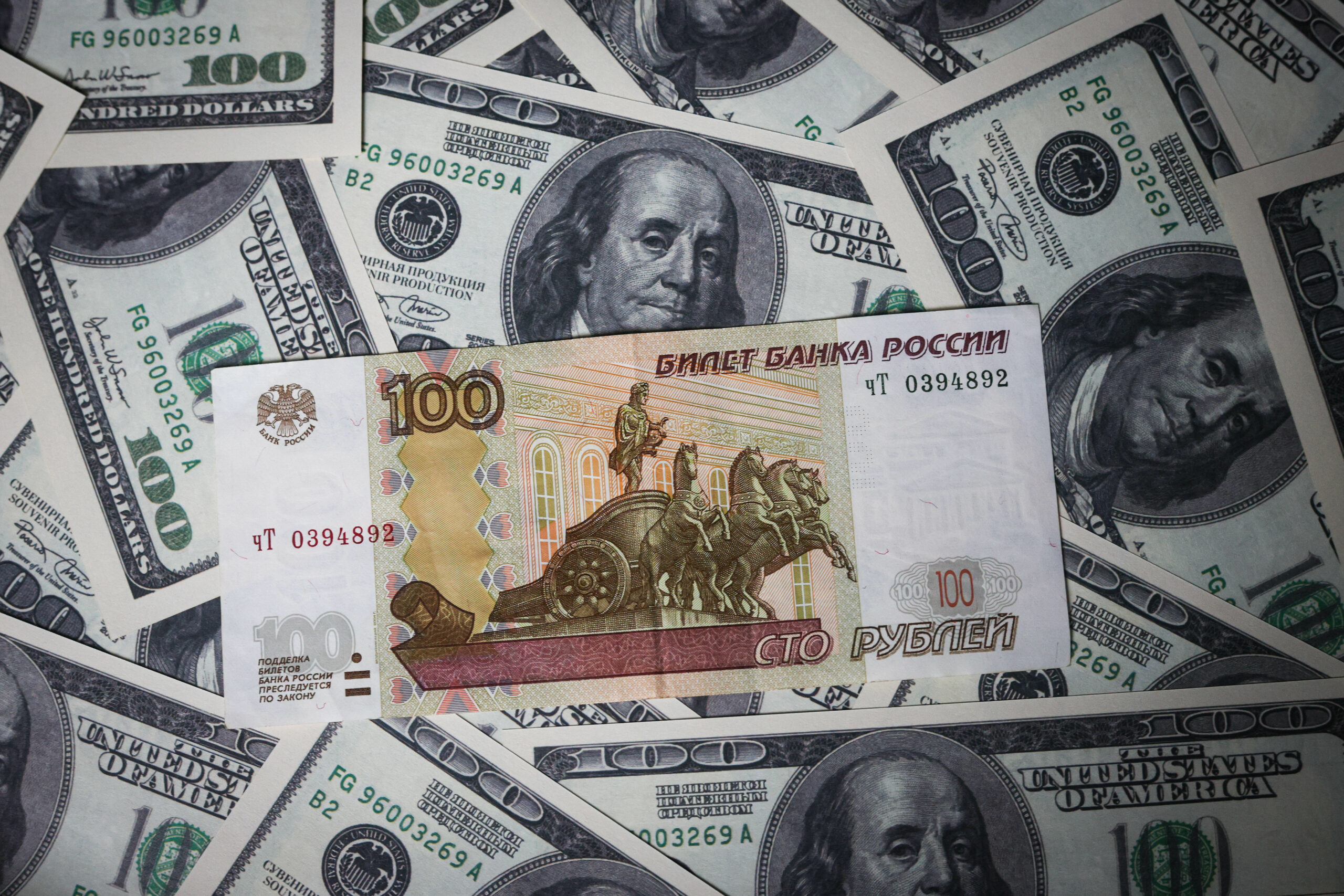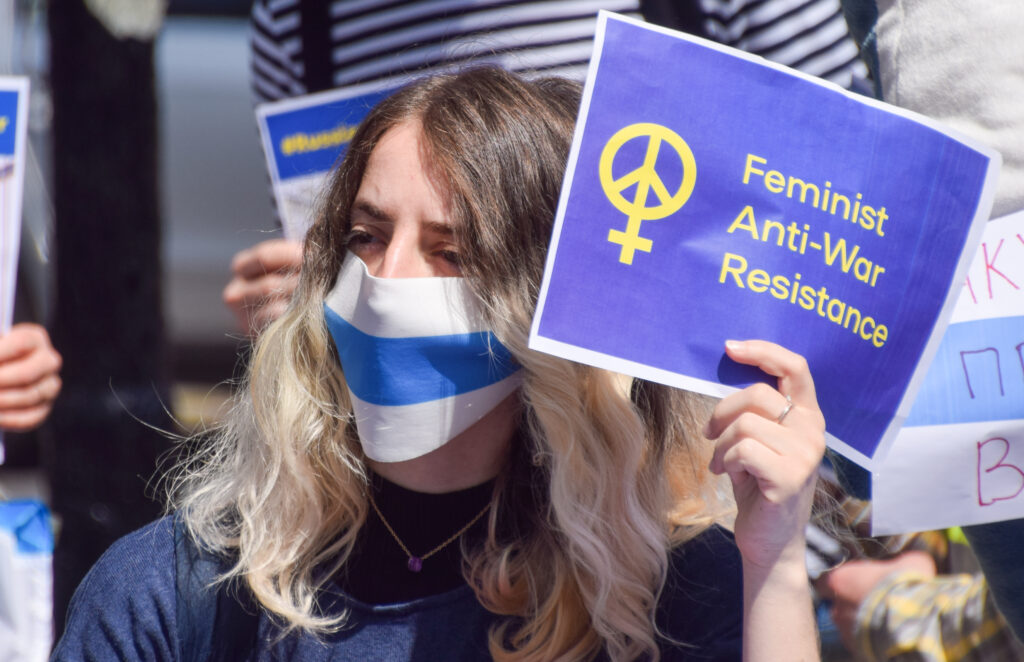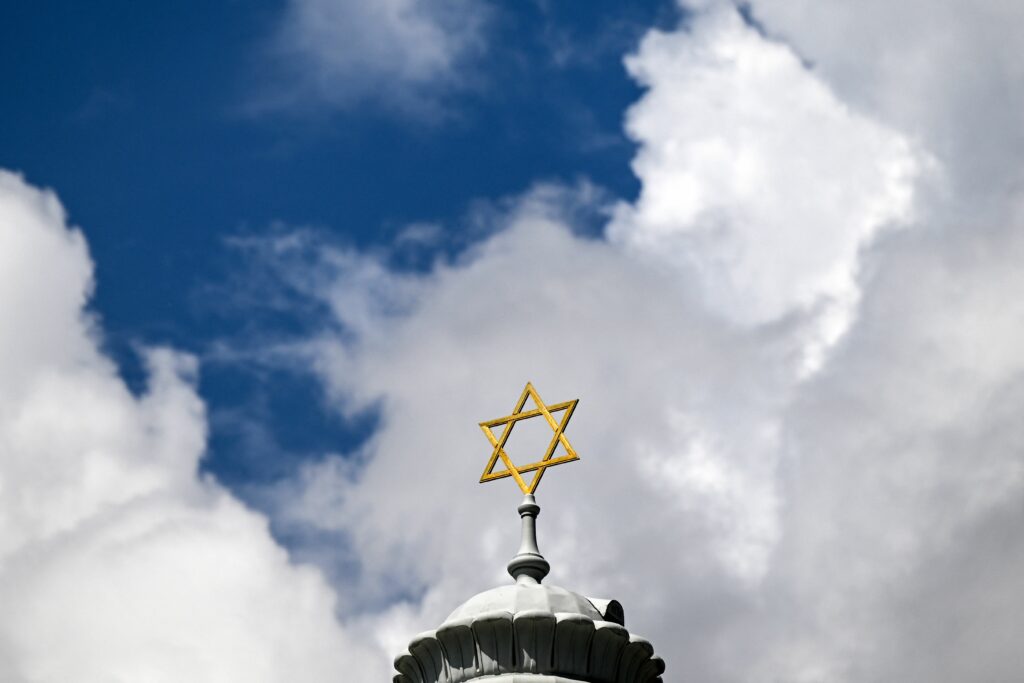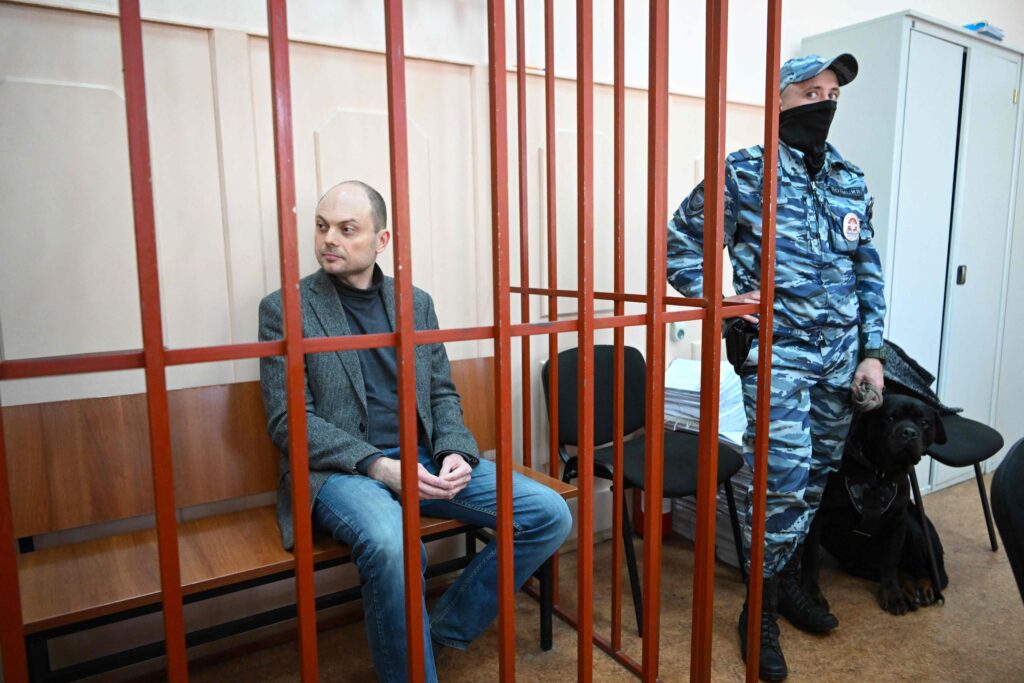In early August, the Russian Federal Penitentiary Service announced that during the pandemic, 3526 prison officers and 1224 prisoners had contracted the coronavirus. Human rights activists suspect that the numbers of cases may be much higher.
In the summer, Russia followed in the footsteps of other European countries and began to open penitentiary institutions for visits. But the threat of the virus has not yet passed here. A hangover of problems that arrived with the pandemic will have now long-term consequences for prisons and prisoners.
Calls for amnesty
At the start of the pandemic, human rights defenders and prison abolitionists around the world called for a mass release of prisoners. In the United States and Britain, activists and social critics have raised radical questions about the need for prisons in general. There are certainly questions about the safety of imprisonment during a pandemic. So far, amnesty or early release have been granted to prisoners in at least 25 countries around the world. Among those countries are the likes of Portugal, the United Kingdom, France, Germany, Italy, Belgium, Albania, Turkey, Belarus and Azerbaijan (see Figure 1). Russia is not on that list.
In early April, many prominent Russian human rights activists, experts, journalists, writers, directors, actors and musicians wrote an open letter to President Vladimir Putin. In it, they called for an amnesty that would free tens of thousands of people from overcrowded places of detention. The proposal concerned those awaiting trial in pre-trial detention centers. Moreover, more than 400 thousand prisoners are serving their sentences in Russian colonies. They also face serious threats as COVID-19 continues to spread. Russia ranks first in Europe not only in total number of prisoners, but also for prisoners per 100 thousand of the population.
The calls of civil society in Russia did not generate enthusiasm from the authorities. Even the expected amnesty on Victory Day 2020 was abandoned for no plain reason. Even though has been carried out every five years for the past two and a half decades. Despite the general trend of a decline in the number of prisoners in Russia over the past half century, the Russian government did not seize the opportunity presented by COVID-19 and the Victory anniversary to unload prisons.
Figure 1: Countries that implemented early release or pardon during the COVID-19 pandemic

Source: Created by Jose Ignacio Nazif-Muñoz for the manuscript “COVID-19 and the prisons of Europe: Policy convergence in pandemic times?” by Jose Ignacio Nazif-Muñoz and Olga Zeveleva, in submission to The Lancet
Isolation mode
Russia took the path of isolating the prison population instead of liberating it. From mid-March, a ban was introduced on visits in places of detention. It has proven to be the most popular response to the virus among penitentiary systems around the world (see Figure 2). All Council of Europe member states banned prison visits at some point this spring.
Figure 2: Number of weeks each country restricted prison visits after the first case of COVID-19 was detected in its territory

Source: Created by Jose Ignacio Nazif-Muñoz for the manuscript “COVID-19 and the prisons of Europe: Policy convergence in pandemic times?” by Jose Ignacio Nazif-Muñoz and Olga Zeveleva, in submission to The Lancet
In many countries, similar measures came, but in Russia they turned out to be especially harsh. The majority of other Council of Europe member states have tried to soften the isolation of prisoners during lockdowns. Most often, they have expanded access to phone calls or introducing videoconferencing. Many prison systems have used the pandemic to accelerate the ongoing digitalization process. Denmark even provided its prisons with video game consoles. It allowed video calls to family members from inmates’ own mobile phones. In the UK, 900 mobile phones were handed out to prisoners who did not have their own.
Despite international organizations, including the UN High Commissioner for Human Rights, calling on governments to carefully consider the regime of restrictions imposed in prisons, no compensation measures came in Russia. Instead, the Federal Penitentiary Service (FSIN) have implemented what some human rights activists call an “information blockade.” The measures for the prevention of coronavirus were not publicly explained. Only general news about the measures was available on the agency’s website. As a result, the prisoners and their relatives were at a loss about what they should expect from the FSIN. To overcome this information vacuum, a group of non-governmental organizations and lawyers launched a project called “Gray Zone” (Seraya zona). The project monitors reports of coronavirus in the country’s prisons, cites government responses, reports from prisoners and their families. It provides testimonies from journalists and public observers.
Public Monitoring Commissions (PMC) and lawyers also faced extra barriers to travel. PMCs found it harder to enter prisons, diminishing public oversight of prisons during the pandemic. Access to prisons varied in different regions, dependent on local whims.
In some regions and prisons, the delivery of parcels to prisoners was suspended or disrupted. This affected particularly vulnerable groups who struggle with nutrition in prison canteens. Those affected included people who need special meals due to illness, or prisoners with dietary restrictions for religious reasons (for example, Muslims who require halal food). The long-term negative effects of restrictions on the health and well-being of already weakened prisoners have yet to be assessed.
Riots, secrecy, abuse
The restrictions and other problems caused by the pandemic have led to discontent among prisoners around the world. In the period from mid-March to mid-April alone, prison riots occurred in 36 countries. In 15 of them, they resulted in deaths. More than 100 people died during the protests in prisons. With very few exceptions, the victims were prisoners, not prison guards. The prisoners demanded added protection from the virus, increased sanitary measures and early release.
In Russia, we know of one riot that ended in death. This event took place in early April in a penal colony in the Siberian city of Angarsk. According to Alexei Fedyarov of Rus Sidyashchaya, it looks like this riot was not related to the virus. It was most likely triggered by a struggle for influence between the administration and its prisoners. However, the situation with the pandemic could be another factor that led to the struggle between prison guards and prisoners escalating into real clashes. According to reports, the riot began when prison guards beat an inmate. After that, about twenty inmates opened their veins in protest. As a result of the ensuing violence, about 300 prisoners were injured and one person died. In May, human rights defenders became aware of a second death from injuries from the riot (the prison administrators denied this). During the riot, several buildings on the territory of the colony burned down.
This major event horrified the prisoners’ families and shocked the human rights community. Not least because the prohibitions prevented them from going to prison and providing protection to those who participated in the protests. While the riot was not directly triggered by the virus, it exposed some of the practices followed in the Russian prison system during the pandemic.
Firstly, lockdown creates more stress for those serving sentences. In conditions of limited information and reduced contact with the outside world, relations between prisoners and the administration become even more strained. This gets worse because of the pandemic regulations adopted in Russia, stipulate that prison guards had to work in 14-day shifts — that is, live in colonies continuously for two weeks.
Secondly, human rights defenders and public monitoring committees did not immediately gain access to the scene of the riots and to the prisoners who witnessed these events. For this reason, they could not receive information from the prisoners themselves. Nor could they provide prompt legal protection. This was partly due to how hundreds of prisoners were immediately taken out of the prison where the riots took place. Their families and human rights defenders were not provided with timely news about where they were transferred.
Third, while human rights defenders fought for access to those who participated in the riots, the authorities interrogated these prisoners. There are reports of serious physical abuse to one of the men, Khumaid Khaidayev. This prisoner was accused of being the instigator of the protest. When Khaidayev ‘s lawyers saw him a few days after the riot, he was covered in bruises. His face was disfigured and and he had broken fingers and toes. Khaidayev ‘s brother fears that anti-Chechen sentiments are widespread among some Russian law enforcement officials. In turn, this increases the risk of more violence and a harsh sentence against this prisoner. The quarantine regime in prisons creates obstacles to ensuring the protection process. It prevents the violation of human rights of prisoners. Speaking about the riot that took place, the Minister of Justice Konstantin Chuychenko went so far as to accuse “outside forces” of organizing it. Namely, human rights defenders.
The events after the riot shows the selectivity of isolation in Russian prisons during the pandemic and the attitude of officials and the FSIN towards human rights defenders. While the investigators communicated with the detainees throughout this time, and the court hearings took place through WhatsApp, human rights defenders faced obstacles and were not even able to establish communication via video link.
Conclusions
We have yet to figure out how many prisoners and prison staff have been affected by the coronavirus. The same goes for whether mortality rates among them have increased during this period. Other factors affecting the health of prisoners need to be taken into account too. Over the past six months, many prisoners have been cut off from private supplies of food and medicine. This could have a long-term impact on their health. There are reports that prison medical units, which are often inadequate even under normal circumstances, are performing even worse in a pandemic. That puts the health of prisoners at risk who are vulnerable and susceptible to diseases other than COVID-19.
The psychological effects of prison lockdowns cannot be underestimated. Not being able to see family and friends has serious consequences for the mental health of prisoners. The chaotic way in which the Federal Penitentiary Service informed prisoners and their families about the imposed rules during the spread of COVID-19 makes them feel unstable.
Penitentiary systems around the world face many of these challenges in a pandemic. However, some features of the Russian prison system make its response worse. Namely the lack of transparency on the part of the management of correctional institutions, suspicious attitude towards human rights defenders, dependence of prisoners on families for food and other basic necessities. So we still have a lot to learn about the impact politics had on prisoners during the pandemic.
The data are based on recent research that is discussed at length in the manuscript titled “COVID-19 and the prisons of Europe: Policy convergence in pandemic times?” by Jose Ignacio Nazif-Muñoz and Olga Zeveleva, currently in submission to The Lancet.










